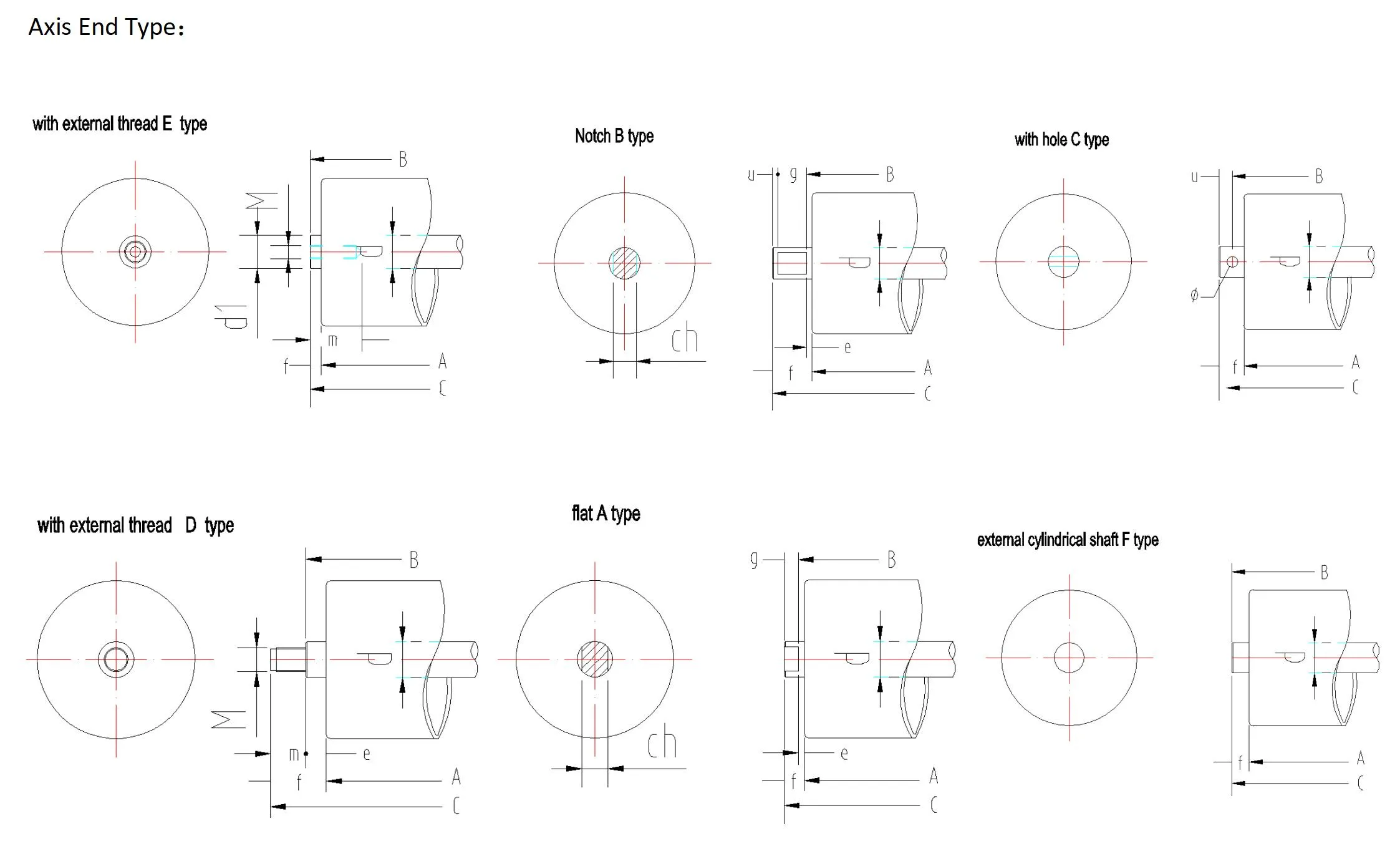 Afrikaans
Afrikaans  Albanian
Albanian  Amharic
Amharic  Arabic
Arabic  Armenian
Armenian  Azerbaijani
Azerbaijani  Basque
Basque  Belarusian
Belarusian  Bengali
Bengali  Bosnian
Bosnian  Bulgarian
Bulgarian  Catalan
Catalan  Cebuano
Cebuano  Corsican
Corsican  Croatian
Croatian  Czech
Czech  Danish
Danish  Dutch
Dutch  English
English  Esperanto
Esperanto  Estonian
Estonian  Finnish
Finnish  French
French  Frisian
Frisian  Galician
Galician  Georgian
Georgian  German
German  Greek
Greek  Gujarati
Gujarati  Haitian Creole
Haitian Creole  hausa
hausa  hawaiian
hawaiian  Hebrew
Hebrew  Hindi
Hindi  Miao
Miao  Hungarian
Hungarian  Icelandic
Icelandic  igbo
igbo  Indonesian
Indonesian  irish
irish  Italian
Italian  Japanese
Japanese  Javanese
Javanese  Kannada
Kannada  kazakh
kazakh  Khmer
Khmer  Rwandese
Rwandese  Korean
Korean  Kurdish
Kurdish  Kyrgyz
Kyrgyz  Lao
Lao  Latin
Latin  Latvian
Latvian  Lithuanian
Lithuanian  Luxembourgish
Luxembourgish  Macedonian
Macedonian  Malgashi
Malgashi  Malay
Malay  Malayalam
Malayalam  Maltese
Maltese  Maori
Maori  Marathi
Marathi  Mongolian
Mongolian  Myanmar
Myanmar  Nepali
Nepali  Norwegian
Norwegian  Norwegian
Norwegian  Occitan
Occitan  Pashto
Pashto  Persian
Persian  Polish
Polish  Portuguese
Portuguese  Punjabi
Punjabi  Romanian
Romanian  Russian
Russian  Samoan
Samoan  Scottish Gaelic
Scottish Gaelic  Serbian
Serbian  Sesotho
Sesotho  Shona
Shona  Sindhi
Sindhi  Sinhala
Sinhala  Slovak
Slovak  Slovenian
Slovenian  Somali
Somali  Spanish
Spanish  Sundanese
Sundanese  Swahili
Swahili  Swedish
Swedish  Tagalog
Tagalog  Tajik
Tajik  Tamil
Tamil  Tatar
Tatar  Telugu
Telugu  Thai
Thai  Turkish
Turkish  Turkmen
Turkmen  Ukrainian
Ukrainian  Urdu
Urdu  Uighur
Uighur  Uzbek
Uzbek  Vietnamese
Vietnamese  Welsh
Welsh  Bantu
Bantu  Yiddish
Yiddish  Yoruba
Yoruba  Zulu
Zulu Exploring Flat Return Idlers for Enhanced Conveyor Efficiency and Durability
Understanding Flat Return Idlers A Key Component in Material Handling Systems
In the age of automation and efficiency, industries worldwide increasingly depend on sophisticated material handling systems. One critical component in these systems is the flat return idler. While often overlooked, these idlers play a vital role in ensuring smooth operation in conveyor systems by enabling the efficient return of materials and minimizing wear and tear on the equipment. This article aims to elucidate the significance of flat return idlers, their functionality, and their benefits in industrial applications.
What is a Flat Return Idler?
A flat return idler is a type of support roller used in conveyor systems, specifically designed for the return section of a conveyor belt. Unlike traditional idlers that may have a trough shape to support the load-carrying side of the belt, flat return idlers provide a flat surface for the belt to glide over as it returns to the starting point after dropping off its load. This design minimizes resistance and enables a more efficient return path, allowing the conveyor system to operate more smoothly.
Functionality of Flat Return Idlers
Flat return idlers serve several essential functions within a conveyor system. Their primary role is to support the return side of the conveyor belt, allowing it to maintain its shape and supporting weight during transit. Additionally, these idlers reduce the friction between the belt and the conveyor structure, which can lead to increased wear on the belt and other components over time.
Another significant role of flat return idlers is to align the conveyor belt correctly. Proper alignment is crucial to prevent unnecessary damage to the belt and the idlers themselves. Misalignment can cause the belt to rub against other components, leading to increased wear and potentially costly repairs or replacements. Flat return idlers help mitigate these issues by keeping the belt level and centered during its return cycle.
Benefits of Using Flat Return Idlers
flat return idler

1. Enhanced Efficiency The smooth surface of flat return idlers reduces friction, which leads to less energy consumption and a longer operational life for the conveyor system. This increased efficiency can result in significant cost savings over time.
2. Reduced Maintenance Costs With the reduction in wear and tear on both the conveyor belt and the idlers, maintenance requirements are lowered. This translates to fewer disruptions in operations and reduced downtime, ultimately improving productivity.
3. Versatility Flat return idlers can be utilized across various industries and settings, from mining operations to food processing plants. Their ability to accommodate different belt sizes makes them a versatile choice for many material handling solutions.
4. Improved Load Handling By providing a stable return path for the conveyor belt, flat return idlers can better manage the load being transported, ensuring that materials are moved efficiently without risk of spillage or damage.
5. Environmental Impact Reducing energy consumption not only lowers operational costs but also contributes to a more sustainable operation. By implementing flat return idlers, companies can lessen their environmental footprint while still achieving high productivity levels.
Conclusion
In summary, flat return idlers are a fundamental aspect of material handling systems that offer numerous benefits, from enhanced efficiency to reduced maintenance costs. Understanding their functionality, advantages, and applications helps industries optimize their operations and improve overall productivity. As automation continues to evolve and industrial demands increase, the importance of components like flat return idlers in conveyor systems will only grow. Investing in quality idlers can lead to significant improvements in material handling efficiency, ultimately contributing to the success and sustainability of industrial operations.
-
Revolutionizing Conveyor Reliability with Advanced Rubber Lagging PulleysNewsJul.22,2025
-
Powering Precision and Durability with Expert Manufacturers of Conveyor ComponentsNewsJul.22,2025
-
Optimizing Conveyor Systems with Advanced Conveyor AccessoriesNewsJul.22,2025
-
Maximize Conveyor Efficiency with Quality Conveyor Idler PulleysNewsJul.22,2025
-
Future-Proof Your Conveyor System with High-Performance Polyurethane RollerNewsJul.22,2025
-
Driving Efficiency Forward with Quality Idlers and RollersNewsJul.22,2025





























